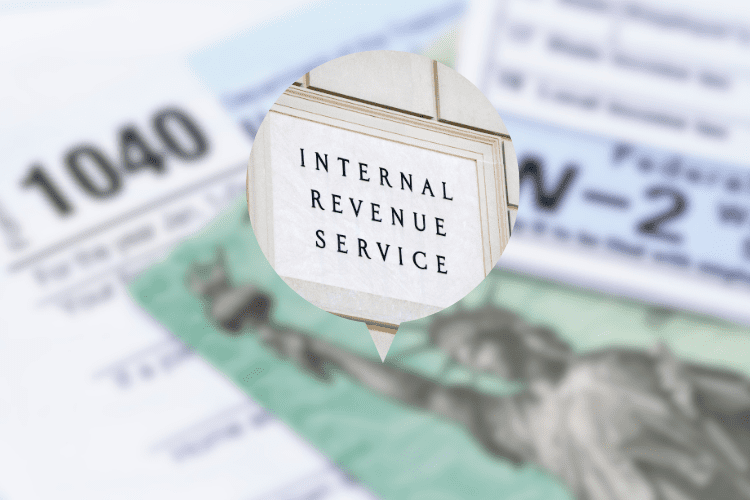How Does The IRS’s New Direct File Pilot Program Work?

In the near future, filing your taxes will only take a few minutes and won’t even cost you a dime. The Internal Revenue Service (IRS) recently launched an exciting new initiative called the Direct File Pilot Program. This new program will allow taxpayers in select states to file their federal taxes directly with the IRS for free.
With tax season here, you’re probably wondering how this new it works and whether you’re eligible to use it.
Learn more about the IRS’s new program and what you can expect!
The IRS Direct File Pilot Program Explained
Basically, it gives you an official IRS platform to complete your federal tax return online for free.
Instead of navigating the complicated tax programs we’ve been dealing with for years, you can just log onto the IRS website and file directly with the source.
Its main goal is to focus on simplicity for most taxpayers with straightforward situations like a W-2 or standard deductions.
All you’ll need to do is input your information, and the IRS will calculate your tax bill. Simple as that!
Key Features of Direct File
Beyond being 100% free, Direct File promises to save you time and hassle. No more paying an expert to submit basic information you could quickly provide.
The streamlined filing experience strips away all the annoying legalese and complications. You get a simple, intuitive system tailored to your basic tax needs.
And with options to complete your return in English or Spanish, Direct File aims to be accessible to more taxpayers like you.
Which States Are Participating?
Being a new pilot program, Direct File is currently only open to residents of these 12 states:
- Arizona
- California
- Florida
- Massachusetts
- Nevada
- New Hampshire
- New York
- South Dakota
- Tennessee
- Texas
- Washington
- Wyoming
So, if you don’t live there, you’re sadly out of luck for now.
The IRS wants feedback from early users before expanding the program, so expect it to become available nationwide in the next couple of years.
If you are in one of these states, though, read on to see if you qualify.
Eligibility Requirements
First, you must reside in one of those 12 states we mentioned before.
Assuming you live in the right state, you also need to have a simple tax situation by IRS standards, such as:
- Only having income from your W-2 job (no 1099/self-employment forms)
- Claiming the standard deduction rather than itemizing
- Having no extra income from sources like rental property, stocks, etc.
If you align with those requirements, you’re likely good to go for Direct File! Just double-check the full eligibility rules before filing to avoid running into any surprises.
How Will Direct File Affect Tax Filing In The Future?
Direct File will revolutionize how average taxpayers handle taxes down the road.
IRS higher-ups have hinted they may open Direct File more widely if early users provide positive feedback. Imagine – a trusted, easy, free filing solution available nationwide.
Millions could ditch tax software and preparer fees.
However, keep in mind that the IRS wants to hear from initial users like you before proceeding. Your thoughts on the program will help them create a better system for everyone!
The Bottom Line
The new IRS Direct File Pilot Program offers an exciting glimpse into the future of tax filing. By cutting costs and complexity, it could be a game-changer for most taxpayers.
While still limited, positive user reactions in test states could pave the way for widespread access.
If you live here and meet the requirements, take advantage of this new system and file your taxes without the hassle!
Read more:










